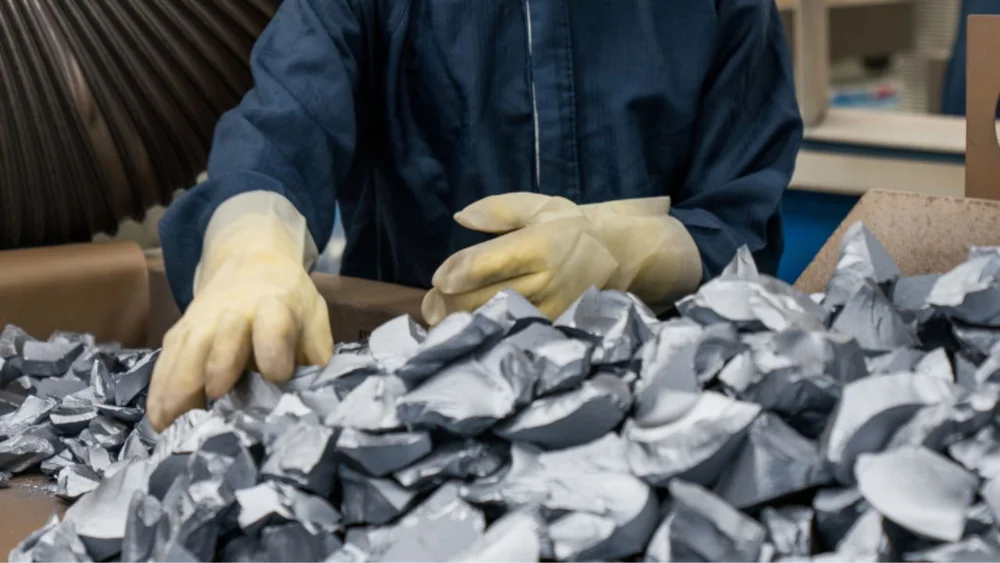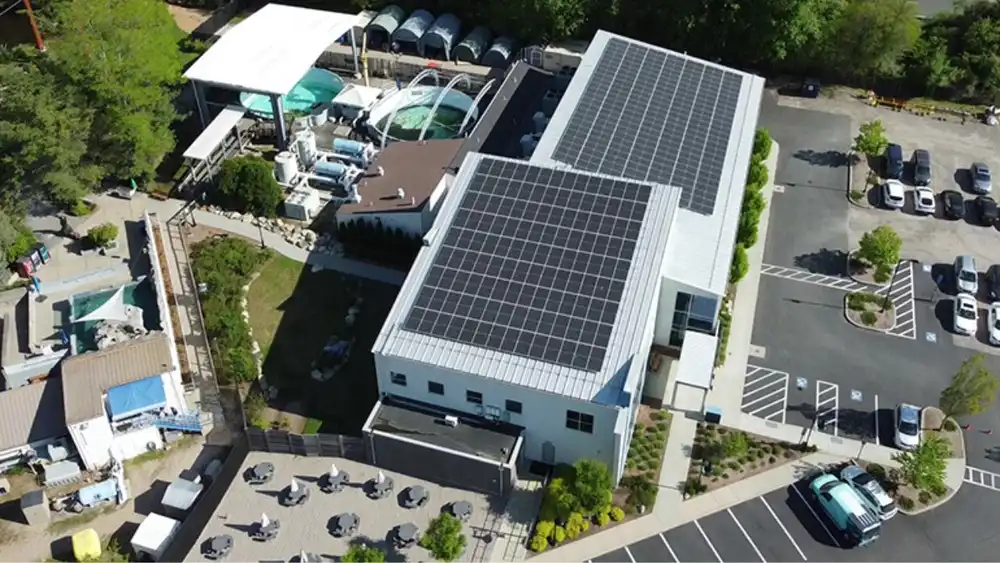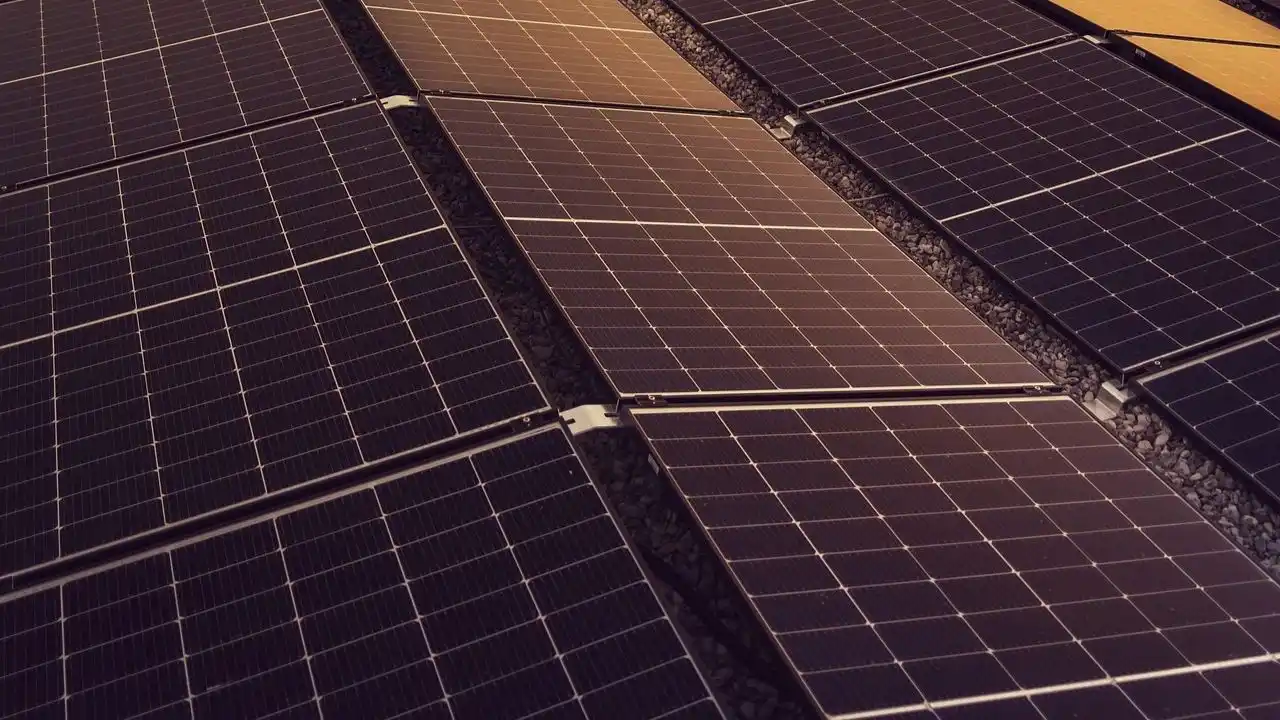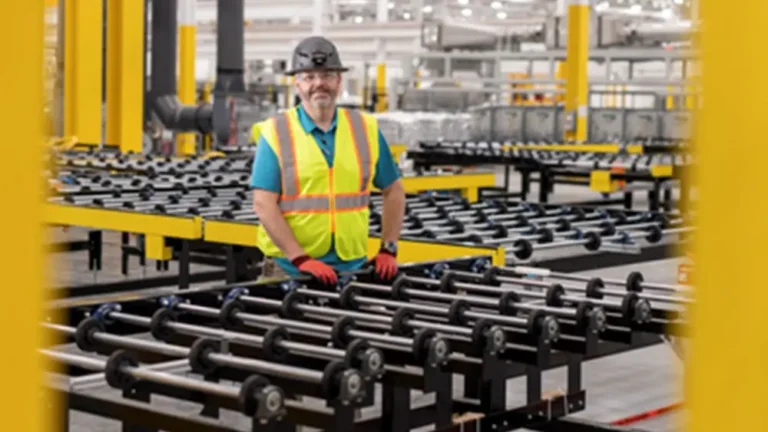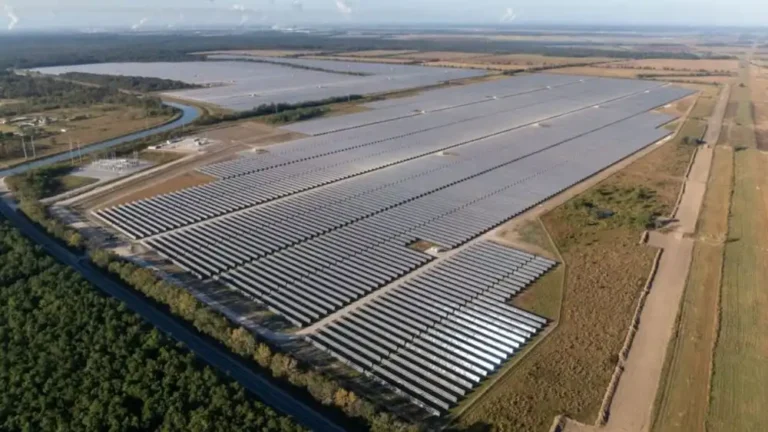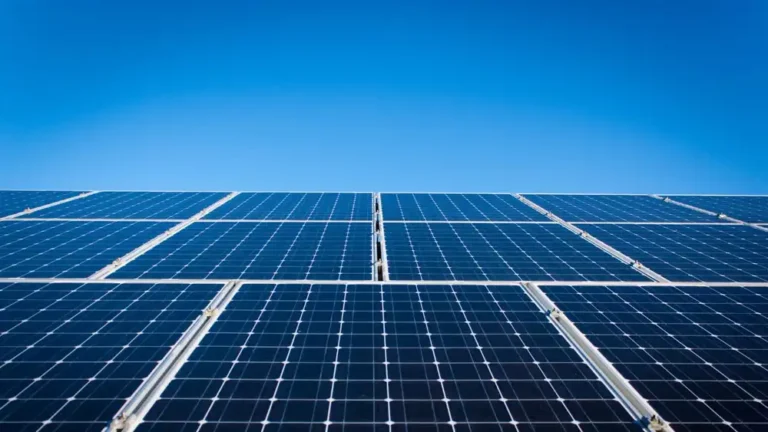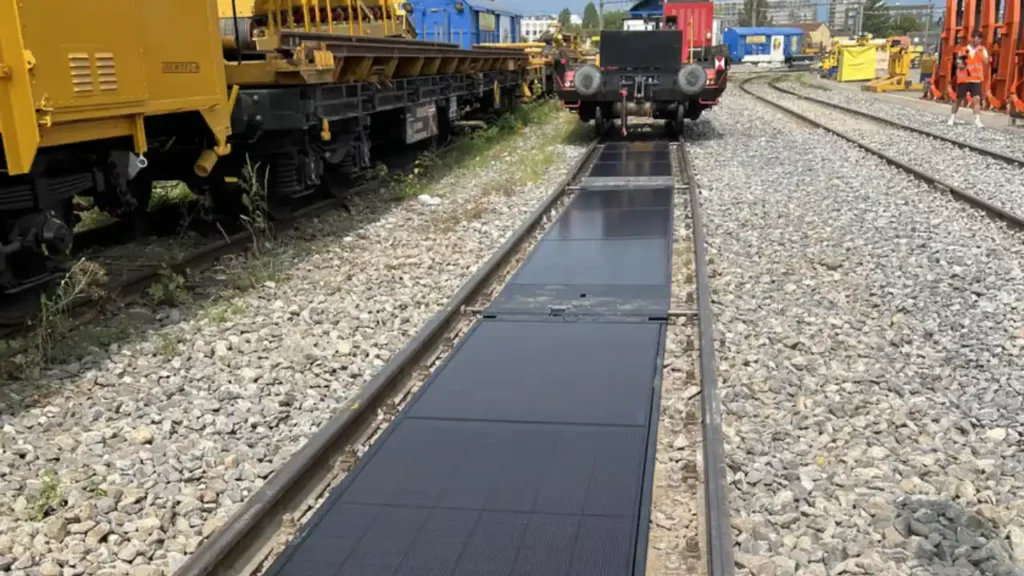
- A Swiss startup wants to place solar panels between railway tracks, thus exploiting unused space for renewable energy generation.
- The company estimates that Switzerland’s railways could produce 1 TWh a year, enough to cover one-third of the annual energy needs of public transportation.
- A pilot project will be carried out on a 100-meter stretch of rail in Switzerland next year. Bigger projects are planned for several other countries.
- This could save more than 200,000 tons of carbon dioxide annually.
This Swiss startup called Sun-Ways is changing the way people think about solar energy by coming up with ‘green ways’—new spaces for producing alternative energy, both above and below railway tracks. Their plan is to be the first to place solar panels across the gaps of the tracks on railway routes across Switzerland in an attempt to boost Switzerland’s green energy output, all while championing sustainable transportation.
Their project may just set the precedent for future networks of solar railroads, at home and elsewhere.
Also read: Latest News on Solar Power, Sunlight Power Energy
They are familiar objects-on rooftops and even in open spaces around the world, but Sun-Ways is thinking differently by tapping into railway lines. In Switzerland, some 5,000 kilometers of railway lines could churn up up to 1 terawatt-hour of energy annually, estimates the company. This can power almost one-third of the electricity required to run Switzerland’s public transport system and will help reduce carbon emission by over 200,000 tons annually.
The panels, 1 meter by 1.7 meters or about 3.3 by 5.5 feet, are coated anti-reflective to prevent glare. They can be mounted between standard train tracks and are anchored to the ground so they can be easily lifted out if maintenance on the track is necessary. Installation is also convenient in that there is an installation machine, built by Scheuchzer SA, which can install up to 1,000 square meters a day.
Panels can tolerate extreme tests, such as gusts of up to 240 kilometers per hour (approximately 150 miles per hour) and the weight of moving trains traveling at a speed of up to 150 kilometers per hour (about 93 miles per hour). Performance will be affected in snowy conditions, but Sun-Ways has plans to install brushes on the trains to sweep away the snow and dirt, ensuring that the panels are always operational throughout the year.
Also read: British Library Launches Major Solar Heat Initiative
Following a setback in 2022, when the FOT rejected their first proposal, Sun-Ways joined hands with experts to refine their plans. The pilot project was after it had been reviewed for 10 months by the FOT. The project was to start in 2025.
It will be on a section of approximately 100 meters long, or 330 feet, on TransN line 221 near Buttes station, where 48 photovoltaic panels will be fitted with a total capacity of 18 kilowatts peak (kWp). On the test, trains will travel at a speed of 70 kilometers per hour to show that the technology does not have any impact on railway infrastructure.
Going beyond this initial test, Sun-Ways plans to undertake a larger project on a 1,500-meter (approximately 4,921 feet) stretch of private track in Aigle, which could obtain an installed capacity of 288 kWp. Sun-Ways is piloting projects in other countries like France and Spain while deciding to take the plunge in Romania, South Korea, and China, Thailand, Australia, and the US operator.
The use of railway tracks for solar energy by means of Sun-Ways is a visionary solution intended to grow renewable energy and sustainable transport. This startup is contributing to the global call for reduced emissions and cleaner energy alternatives by converting unused space into renewable energy sources. With its upcoming pilot projects in Switzerland as well as all over the world, Sun-Ways will make a big difference in the future development of renewable energy production.

